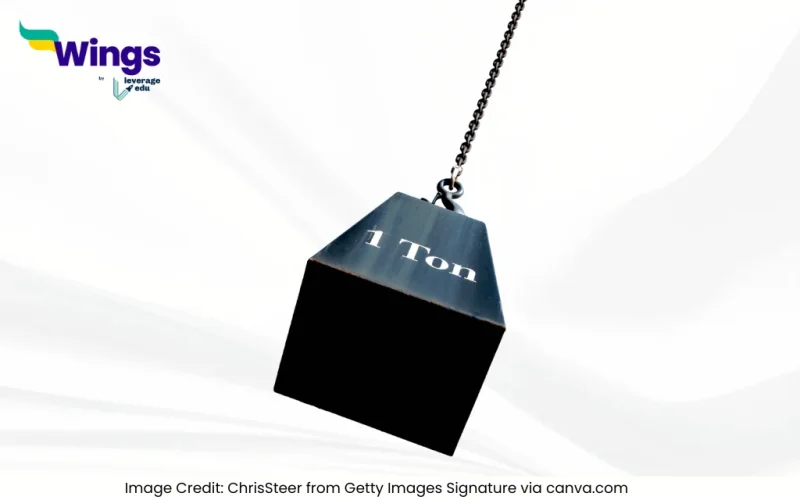There are 10 quintals in one metric ton.
The measurement of weight plays a significant role in various fields, including agriculture, industry, and trade. Units like metric tons and quintals are commonly used for measuring large quantities. Let’s break it down in detail.
Understanding Metric Ton and Quintal
Before we determine the relationship between these two units, it’s important to understand what each term represents:
- Metric Ton: A metric ton, also known as a tonne, is a unit of mass equal to 1,000 kilograms (kg). It is a part of the International System of Units (SI) and is widely used globally.
- Quintal: A quintal is another unit of mass, commonly used in countries like India and some European nations. One quintal is equivalent to 100 kilograms (kg).
Relationship Between Metric Ton and Quintal
Now that we know the definitions of these units, the conversion is straightforward:
- 1 Metric Ton = 1,000 Kilograms
- 1 Quintal = 100 Kilograms
To determine how many quintals are there in one metric ton, we divide the weight in kilograms of a metric ton by the weight of one quintal:
1 Metric Ton ÷ 1 Quintal = 1,000 kg ÷ 100 kg = 10 Quintals
Practical Applications of Metric Ton and Quintal
This conversion is especially useful in fields like:
- Agriculture: Farmers often sell produce like wheat, rice, and sugarcane in quintals or metric tons.
- Industry: Bulk materials such as coal, steel, and cement are often measured in metric tons but can also be expressed in quintals.
- Trade: Wholesale markets and export transactions use these units for clarity and consistency in weight measurement.
In summary, one metric ton is equal to 10 quintals. This simple conversion is vital for individuals working in fields where large-scale measurements are required. Understanding the relationship between these units allows for seamless communication and calculation, making processes in agriculture, industry, and trade more efficient and accurate.
Common Doubts
 60,000+ students trusted us with their dreams. Take the first step today!
60,000+ students trusted us with their dreams. Take the first step today!


 One app for all your study abroad needs
One app for all your study abroad needs










